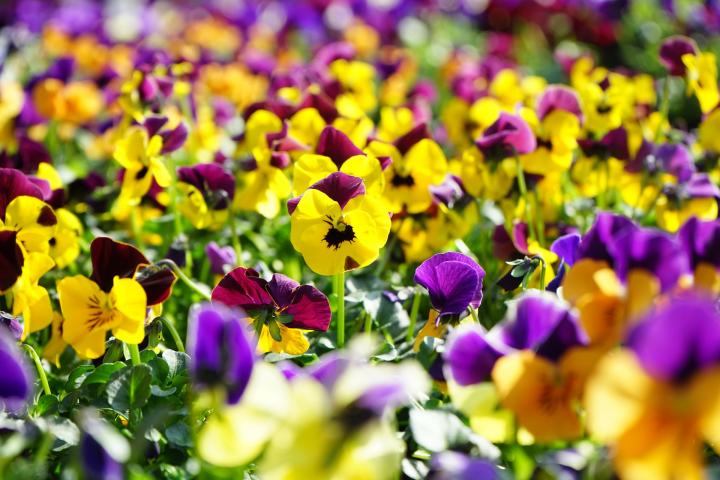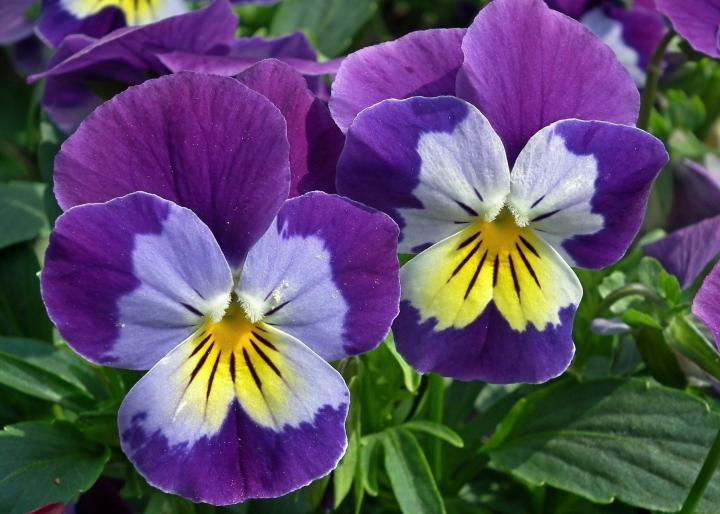
Sign up for our daily newsletter to get gardening tips and advice.
Planting, Growing, and Caring for Pansies
- Pansies are one of several edible garden flowers! They have a mild minty flavor and make for a lovely edible flourish on a salad or dessert.
ADVERTISEMENT
How do you deadhead pansies?
You can either pinch-off the flower bud or cut it off just below the faded bud. New flowers will come up on new stems.
Will the pansy grow If I keep it in my room? I don't get a lot of direct sunlight though
Pansies are sun-loving plants that enjoy cool weather, so not the best choice for a room without direct sunlight! See our article on best indoor plants for low light: https://www.almanac.com/best-indoor-plants-low-light
Do I just pinch flower off or cut stem to produce new flowers?
You can do either—pinch off the flower bud or cut it off just below the faded bud. New flowers will come up on new stems.
can pansies be brought back to life if they are cut down?
Thanks so much for telling me that Pansies have "faces". Now I know the difference between the Pansy and the Petunia. Those "faces" are sweet and lovely.
Thanks
Just want to say 'Thank You for your Web-site.
Your Comment Section and Q and A is just invaluable to
all of us Garden Novice.
Thank you Again
Ange Dixon
I live in Southeastern Tn. I have had potted Pansies blooming in winter with snow fall. They love Spring, Fall & will tolerate Winter, But come Summer time where I live you can forget it. The summer temps here are in the 90's & sometimes get to low 100's. They die. I just pull them up & plant a new batch in the Fall.











